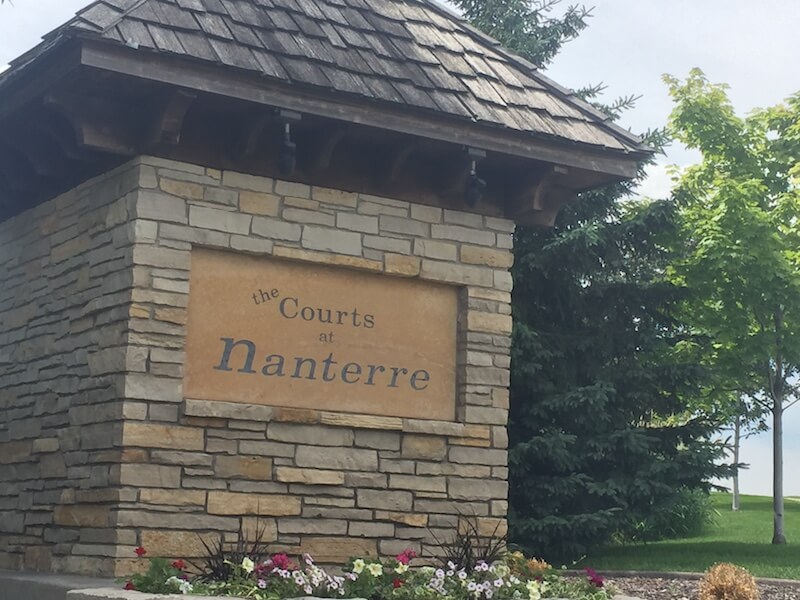Posted by Realtor David Olson 952.314.9446
City of Cottage Grove: A Brief History
The early settlers of Cottage Grove, Minnesota were mostly from New England. These settlers brought with and used their style of government and architecture. Because of this, the city was known as “New England of the West”. The settlers originally were grain farmers, but later turned to dairying, and Cottage Grove became known for its dairy farms and creameries.
The founding father of Cottage Grove was a New Englander, James Sullivan Norris. In 1842, he claimed one section of farmland, which he called “Cottage Grove”. Fellow New Englander, John Furber, built a two-story home in 1854 on what today is Lamar Avenue, and it is still standing today.
In 1871, John Furber platted Cottage Grove. Businesses within this community included two blacksmiths shops, a drug store, grocery store, and a wagon shop. Soon after there were two doctors offices, a hotel, and several churches. Several German-speaking families settled in Cottage Grove in the 1870s, which added diversity. In the fall of 1871, the first county fair was held.
This community was able to thrive because of its connection by wagon to the river towns. The St. Paul and Chicago Railroad built a line through the western portion of the town in 1869, which expanded transportation and business opportunities.
At the turn of the century, this township was home to about 100 residents. In the 1950s, this rural community began to be developed with houses by Thompson Grove. From 1950 to 1960, the population grew from 833 to 4,800 residents. By 2000, Cottage Grove’s population reached 30,000 people.
Today, the city continues to grow and residents take pride in their rich history.
If you have any questions regarding the city of Cottage Grove, Minnesota, or if you would like to sell or buy a house in the area, please feel free to visit TwinCitiesPropertyFinder.com or call 1-800-909-1953.
City of Cottage Grove: Community Life





















